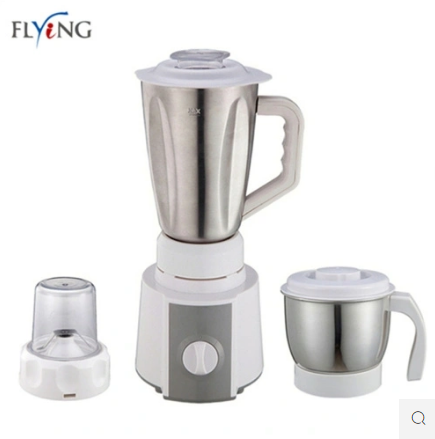Blender is the essential kitchen appliances for making smoothies, shakes, sauces, and other kitchen preparations requiring blending. The device is designed with a powerful motor, sharp blades, and a simple structure that aids its blending function. Here is a closer look at the working principle and the structure of a Blender.

Working Principle: The concept behind the blender's working principle is based on friction and high-speed motor capability. When the power button is turned on, the motor starts running at high speed, spinning the blades at the bottom of the blending jar. The spinning blades create a vortex or a cyclone-like motion in the contents of the jar, pulling all the ingredients towards the center, thus ensuring an even blend. Structure: A typical blender is made up of four main parts: the motor base, blending jar, blades, and lid. The motor base contains the powerful motor that drives the blades, and it is attached to the blending jar. The blending jar is designed with a wide base to allow the blades to spin without any resistance and to provide space for easy loading and emptying of ingredients. The blades are usually made of stainless steel, have a sharp edge, and are designed to crush and blend the ingredients. Lastly, the lid is used to cover the jar during blending. Some blender models also include additional features like speed settings, pulse functions, and pre-programmed settings designed to help achieve a specific blend. Others come with detachable blades, which allow for easier cleaning and maintenance, as well as different blade types for various purposes. Using a Blender: Using a blender is straightforward. First, one should add the required ingredients in the blending jar. Then, after making sure that the lid is secure, turn on the motor, and options such as speed, pulse, or program can be selected depending on the desired blend. Gradually, the blades will start chopping and blending the ingredients into a smooth, homogenous mixture. In summary, understanding the working principle and structure of a blender is essential knowledge that can help maximize efficiencies and effectiveness in its use. By having a better understanding of how blenders work, users can make the right choice in terms of selecting an appropriate blender, as well as ensuring proper use, cleaning, and maintenance.




